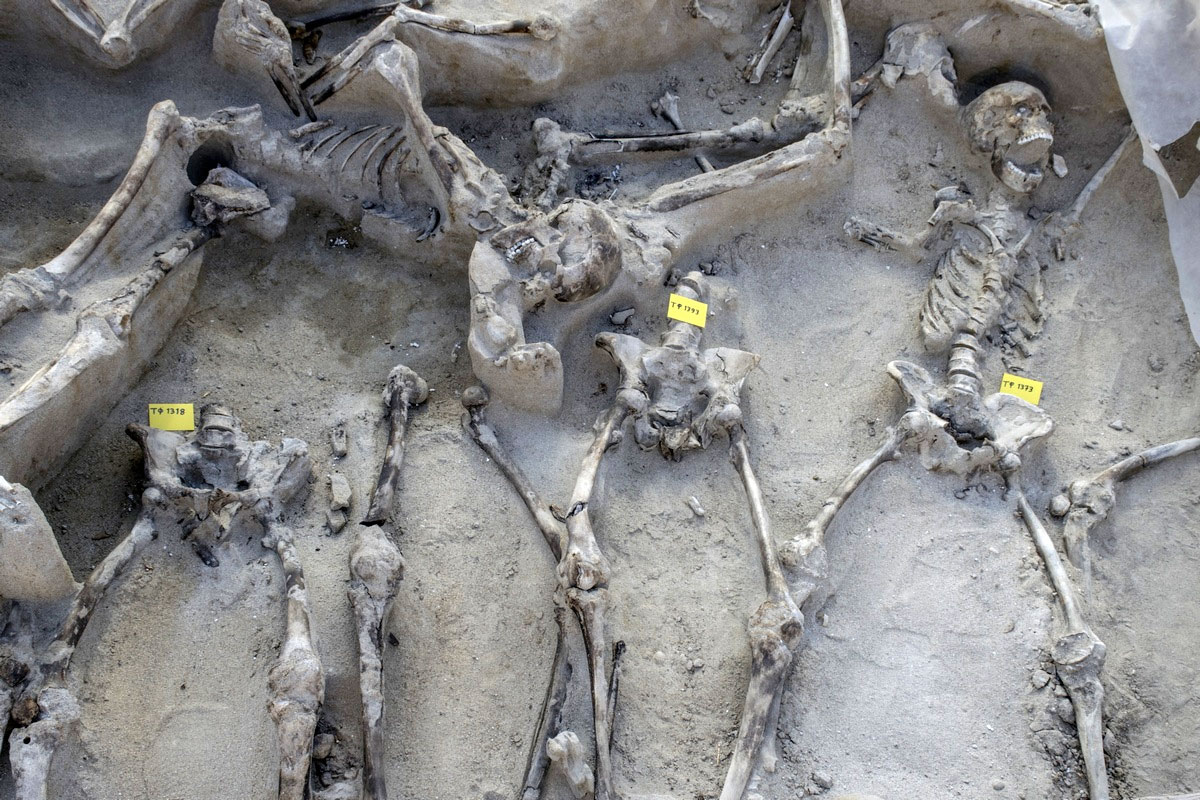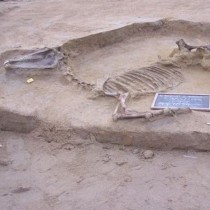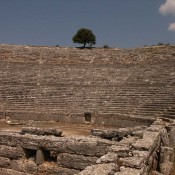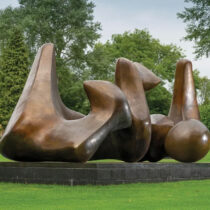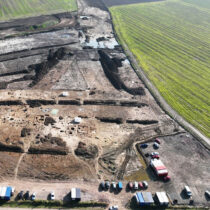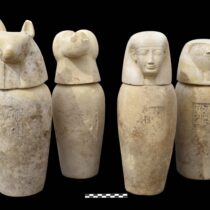On Tuesday, February 4, the members of the Central Archaeological Council came up with a “partial/ halfway” solution regarding the find of the “Captives” of Phaleron, i.e. its remaining in situ or its temporary removal under certain conditions and its relocation, due to fresh evidence and the deterioration of the skeletal material.
After a meeting lasting almost 6 hours, the members of the CAC reached a consensus essentially in favour of the proposal made by the Directorate of Prehistoric and Classical Antiquities; namely the finding to be lifted and removed in one piece or for it to be transfered to a place nearby, conduct a subsoil remediation and then relocate the finding to its original spot. The final study whose drafting will start immediately will be included in a future CAC, while additional rescue measures are to continue uninterrupted.
The long discussion revolved around the damages suffered by this unique archaeological finding; the mass burial in three trenches of 79 human skeletons chained by the wrists to one another. The “polyandrion” was discovered in March 2016 during excavations in the Esplanade of the Cultural Center of the Stavros Niarchos Foundation. It dates from the third quarter of the 7th century BC, a time full of unrest, uprisings and revolutions between followers of the aristocrats and the tyrants. As far as this particular finding is concerned, it is either related to the Kiloneion Agos or to similar historical events.
As said at the meeting, the damage ‒ which became particularly apparent to those members of the CAC who conducted the inspection ‒ is around 50%, according to the Ephorate of Antiquities, or 30%, according to the Directorate of Conservation of Ancient and Modern Monuments. It was also repeatedly emphasized that since 2016, services in the Ministry of Culture had been doing an excellent job and has taken all necessary steps ‒ often being present at the excavation on a daily basis ‒ to protect the finding, which could not however have avoided being damaged. “Damage has been a given since the finding of the polyandrion”, was noted several times at the meeting, largely due to the environment in which it was found, an area with high levels of humidity and brackish waters (the finding was 70 to 90 cm below today’s sea level).
The two members in the minority were in favour of implementing the studies to protect the “Captives”, approved by the CAC in June 2019, while the Ephorate of Antiquities insisted on its 2016 proposal: Namely, moving the “Captives”, one group at a time, to a site which will serve as a workshop so that valuable information is not lost and then relocating them to their original spot once the space that will host them has been made.
